#coral architecture
Explore tagged Tumblr posts
Text
The Echo Chamber
I’ll never forget the night I fired up that hulking machine—steel panels glowing like a spaceship altar, wires snaking everywhere, humming like it was alive. The lab smelled like burnt toast and old books. I slapped my palm on the frosty screen, felt it shudder awake, and muttered, “Show me the beginning.”The room flickered. Suddenly, I was staring at the almost-people. Small, crouched figures…
#AI reconstruction#ancient DNA#ancient humans#ancient myths#ancient temples#archaic humans#chrono-technology#Chrono-Viewer#coral architecture#cultural memory#deep ancestry#deep time#Denisovans#early hominins#extinct languages#forgotten knowledge#Homo sapiens#human ancestry#human evolution#interbreeding#lost civilizations#machine learning#megaliths#mythic history#Neanderthals#obsidian tools#origin of humanity#post-history#prehistoric cultures#prehistoric migration
0 notes
Text

The Los Angeles House: Decoration and Design in America's 20th-Century City, 1995
#vintage#interior design#home#vintage interior#architecture#home decor#style#1990s#living room#90s#Los Angeles#pagoda#figurines#coral#malachite#green#wallpaper#California
314 notes
·
View notes
Text
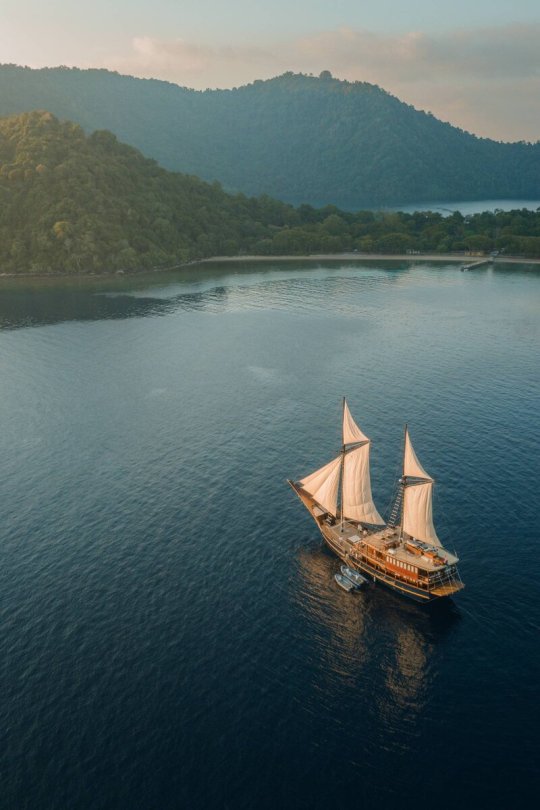

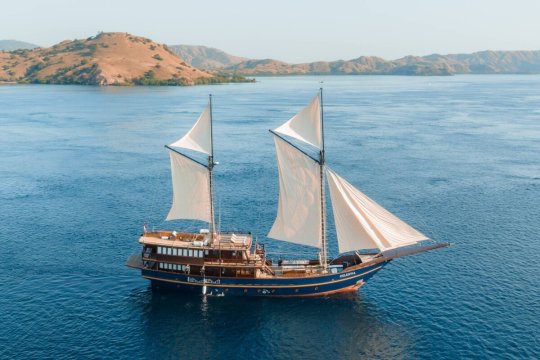

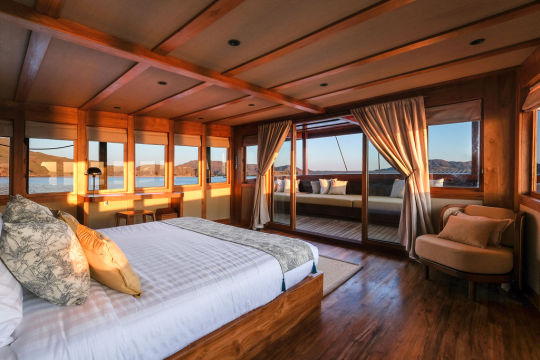
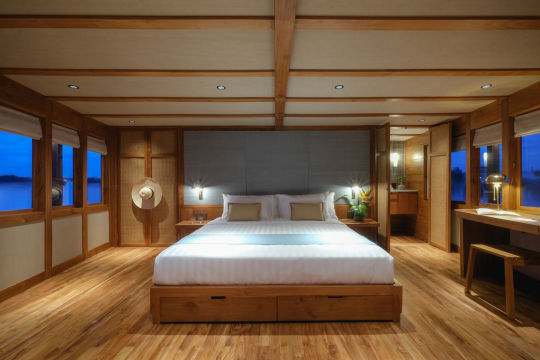


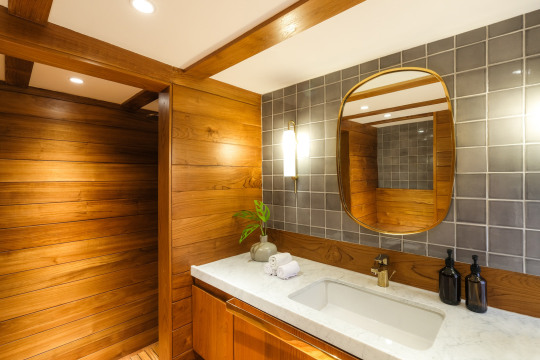

"Celestia"
Celestia Sails to Raja Ampat, Komodo National Park, the Spice Islands and other destinations in Indonesia’s Coral Triangle.
#art#design#architecture#boutique hotel#travels#luxury hotel#luxury lifestyle#interiors#luxury hotels#nature#sailing#sailing hotel#raja ampat#komodo#spice island#coral triangle#celestia#glamour#glamdream#peace#indonesia
187 notes
·
View notes
Text

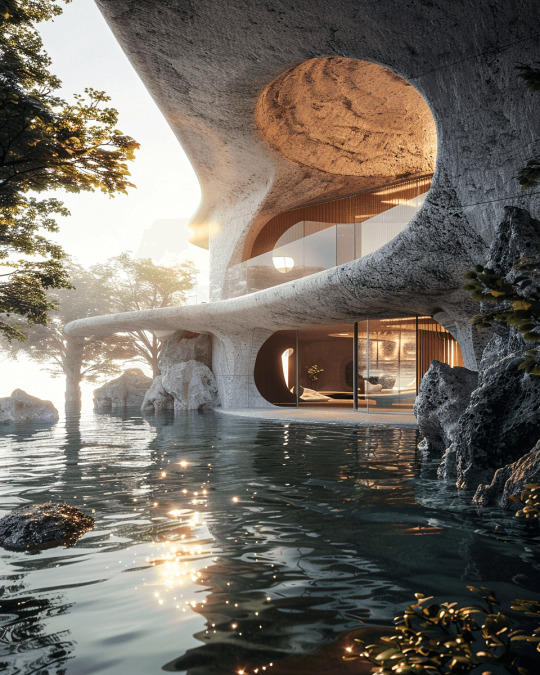
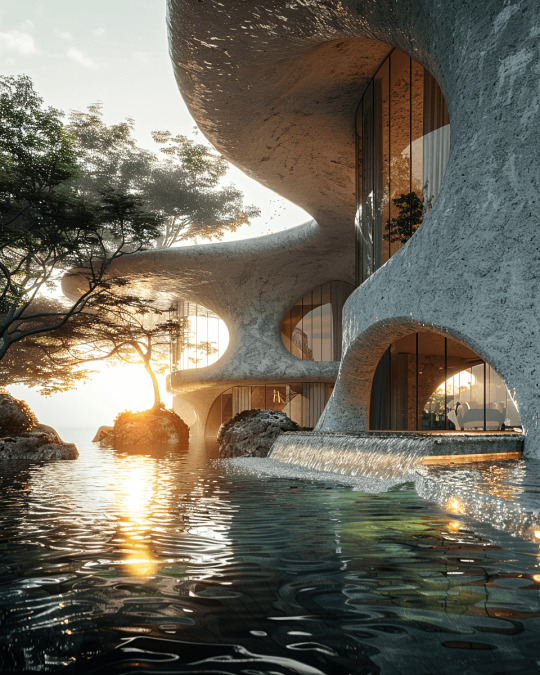

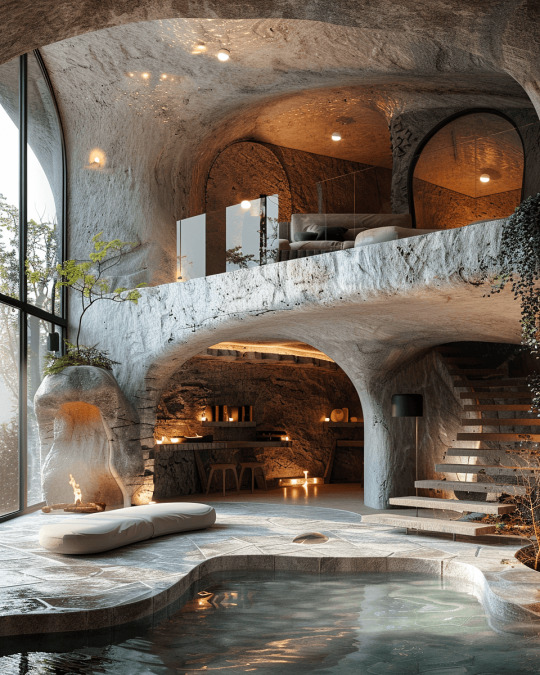
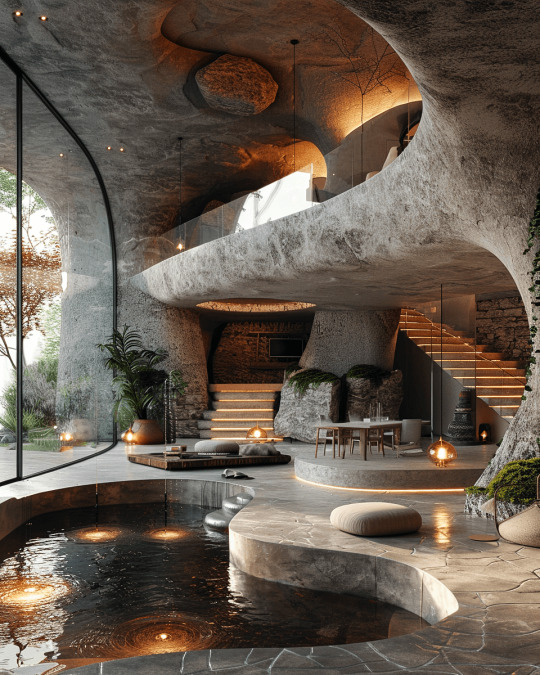
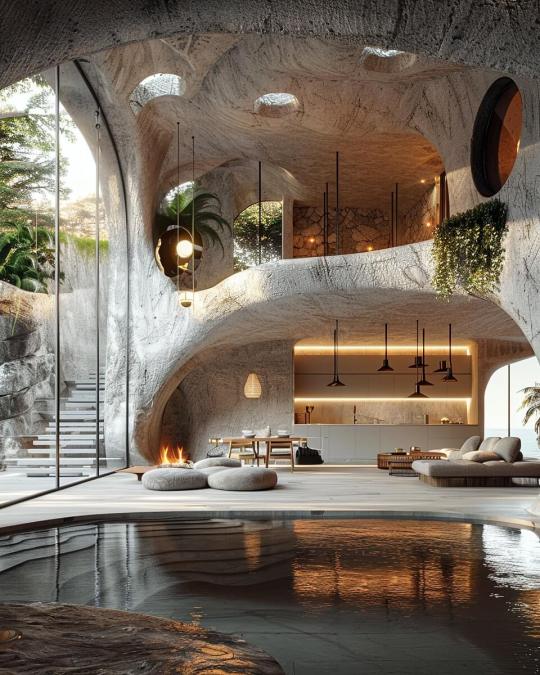
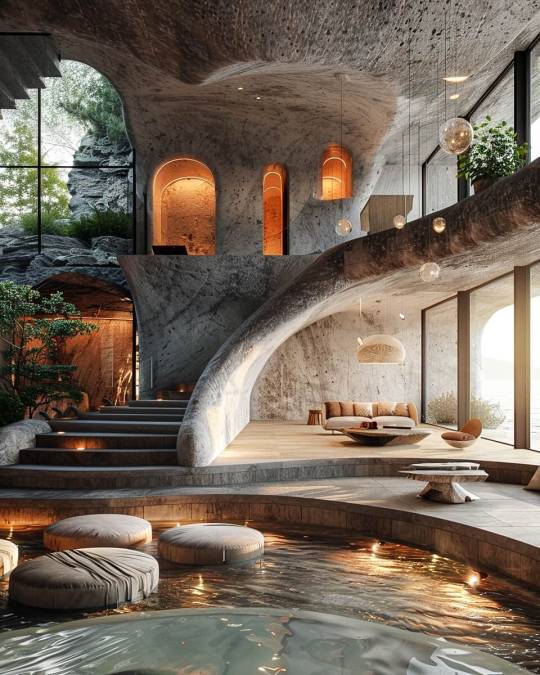
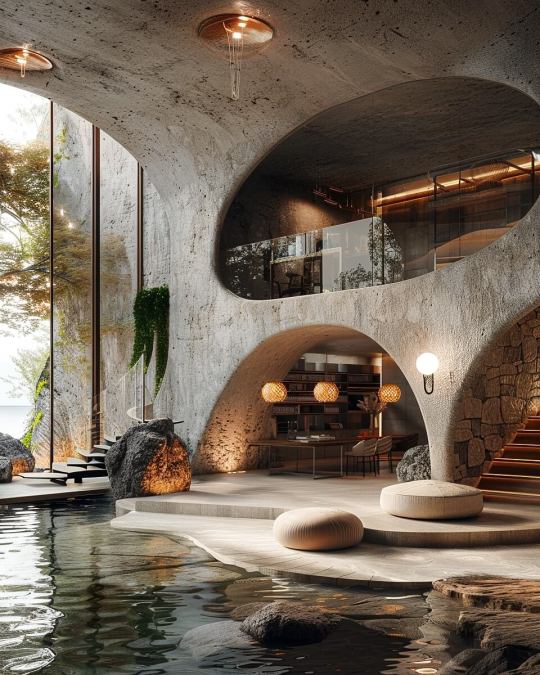



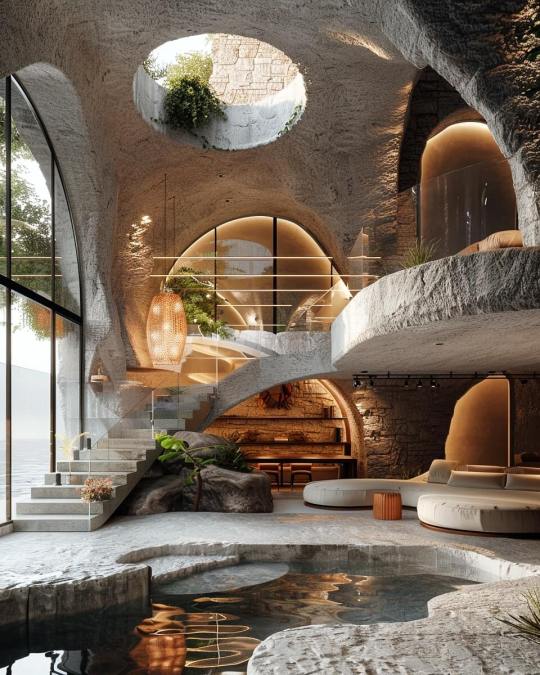
Coral Villa, Kish Island, Iran,
Courtesy: Maedeh Hemati
#art#design#architecture#luxury pad#luxury lifestyle#ultimate pad#interior design#luxurypad#concept#luxury house#luxury home#beach house#island#island house#organic#sculpture#summer#house#coral#kish island#maedeh hemati#render#midjourney
97 notes
·
View notes
Text

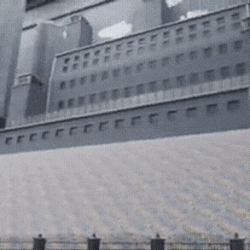





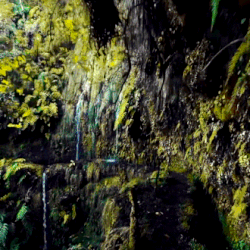

paisley paver stimboard for anon!
🏙 - 🏙 - 🪸 🏙 - - 🪸 🏙 - 🪸 - 🪸
#stimboards#wild kratts#paisley paver#architecture stim#nature stim#concrete#asphalt#grey#forest#coral reef#insects#irl hands#🌒 edits#anonymous request
14 notes
·
View notes
Text
Let's go on a journey through the world of imagination!
We begin our journey from the depths…
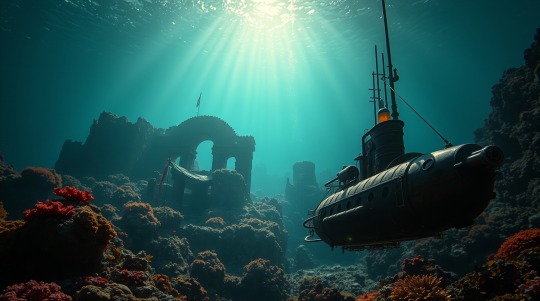
#ai#ai artist#ai artwork#ai generated#ai art#ai video#video ai#ruins#ancient ruins#lost places#lost civilization#underwater#steampunk#fantasy#trip#travel#temple#architecture#buildings#submarine#sub male reader#ocean#mare#coraline#coral reef#reef#blue#aquamarine#retro scifi#scifi
8 notes
·
View notes
Text
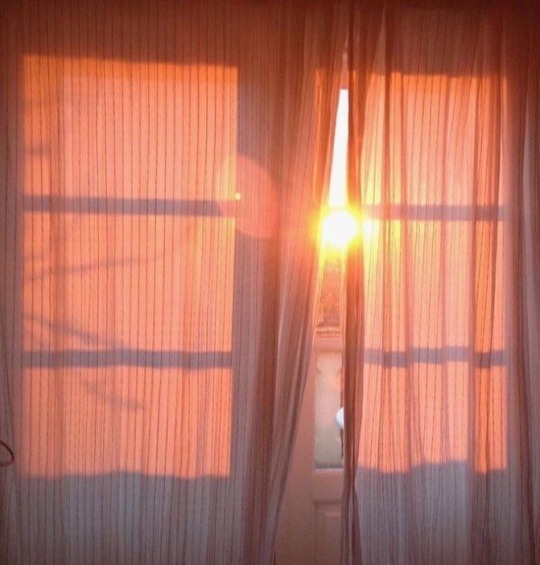
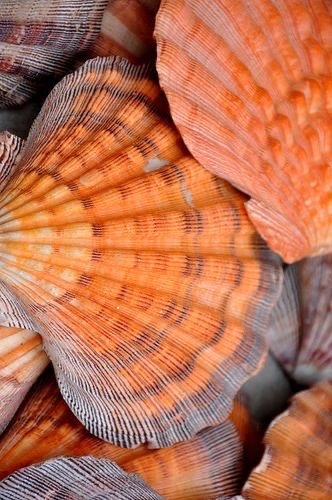








🍑🍑🍑🍑
#quirkysmirk#aesthetic#moodboard#beautiful photos#nature#coral moodboard#peachy 🍑#peach moodboard#shades of orange#feathers#sea shells#poems and quotes#window view#window#whimsical#color moodboard#whimsicore#light academia#light aesthetic#light and airy#sunshinethroughmywindow#pink sunset#sunlight#sunsets#sunshine#lens flare#sun flare#door#architecture#color aesthetic
30 notes
·
View notes
Text

Quinta dos Infernos by Penique productions and Cabelo Rio de Janeiro, Brasil 27 February 2025 50 x 12 x 7 m
#peniqueproductions#penique#penique productions#Cabelo#Cabelo Cobra Coral#Rio de Janiero#Carnaval#Carnaval 2025#Baile de Carnaval#Baile do Sarongue#RJ#art#contemporary art#fine arts#Art Installation#Ephemeral Art#inflatable art#artinstallation#ephemeral#EPHEMERAL SCULPTURE#ephemeral architecture#ephemeral installation#Inflatable#inflatable sculpture#Inflatable Architecture#inflatable installation#Monte Líbano#2025#Carnival#red
2 notes
·
View notes
Text

plesiastrea versipora orange:

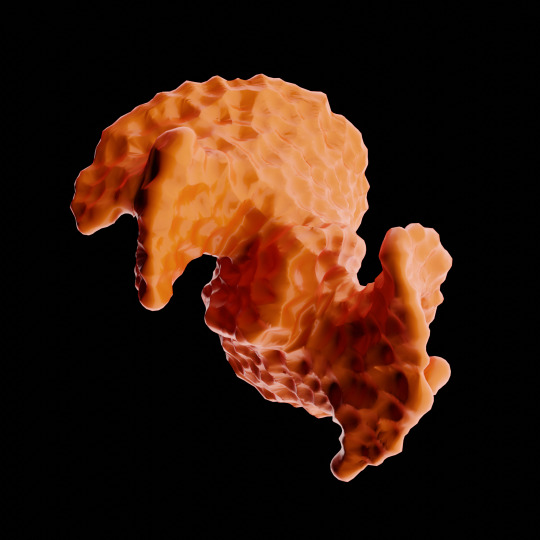

Plesiastrea versipora is an encrusting coral found in the Indian and Pacific Oceans. (visit here: https://cults3d.com/en/3d-model/art/plesiastrea-versipora-orange)
It is of interest because of its ability to thrive in both tropical and temperate environments, and to grow massive.
I have created a 3D model of it which is a completely different shape that can be studied at a different scale for building construction and for architecture.
#3d#3d model#blender3d#3d printing#cults3d.com#tumblr milestone#3dmodeling#3d render#art#marine animal#marine life#lifestyle#emotions#ocean#epic the ocean saga#stone ocean#water#coral reef#reef#360 video#architecture#home decor#educational#youtube#educate yourself
2 notes
·
View notes
Text
Underwater relics of the old world...



It is assumed that the oldest city in the world is Qaramel, which was founded at least… 12 thousand years BCE. We do not find traces of earlier civilizations. Probably some cataclysm (flood?) happened earlier, but slowly we are finding ruins of lost civilizations also under water. Submerged ruins of cities are found in every part of the world. The coastlines of seas and oceans have changed many times, just like the climate on Earth, and old artifacts and ruins of old worlds are evidence of these changes. Some of the more famous cities, which were mostly swallowed by water at one time, are the Egyptian Alexandria, Pavlopetri (Greece) or the legendary city of Dwarka in India. Sometimes a local flood occurred as a result of an earthquake. And what if some of these remains turned out to be a relic of the world before the great flood (described by all old books and probably taking place around 12-13 thousand years BCE?

#lost civilization#ruins#ai art#ancient ruins#underwater#underwater ruins#pyramid#ai generated#ai#ai artwork#artificial intelligence#bandcamp#ambient#valentino#valentino mora#archeology#ancient history#coral reef#sea animals#temple#architecture#history#qaramel#oldest city#city#Bandcamp
6 notes
·
View notes
Text
Entrance of a coral stone house in Mogadishu
Mogadishu has a long history, which ranges from the ancient period up until the present, serving as the capital of the Sultanate of Mogadishu in the 9th-13th century, which for many centuries controlled the Indian Ocean gold trade and eventually came under the Ajuran Empire in the 13th century which was an important player in the medieval Silk Road maritime trade. Mogadishu enjoyed the height of…

View On WordPress
#African architecture#Architecture#Art#coral house#door art#Mogadishu#Somali architecture#Somali history
3 notes
·
View notes
Text
“Unnatural Beauty”
© EricBrazier.com

View On WordPress
#astroturf#buildings#coral#fake#fake grass#Funchal#green#incongruous#juxtaposition#landscape architecture#landscaping#Madeira#pink#Portugal#red#street scene#Streetphotography#travel
3 notes
·
View notes
Text

Celebrity Homes II, 1981
#vintage#vintage interior#1980s#80s#interior design#home decor#staircase#hallway#coral#red#wall paint#bright#yellow#balustrade#house plants#hibiscus#tropical#eclectic#style#home#architecture
356 notes
·
View notes
Text

This is an illustration of a medium-sized tropical front yard with stone landscaping in full sun.
Strut Your Mutt
0 notes
Text
Dancing with currents and waves in the Maldives
New Post has been published on https://thedigitalinsider.com/dancing-with-currents-and-waves-in-the-maldives/
Dancing with currents and waves in the Maldives


Any child who’s spent a morning building sandcastles only to watch the afternoon tide ruin them in minutes knows the ocean always wins.
Yet, coastal protection strategies have historically focused on battling the sea — attempting to hold back tides and fighting waves and currents by armoring coastlines with jetties and seawalls and taking sand from the ocean floor to “renourish” beaches. These approaches are temporary fixes, but eventually the sea retakes dredged sand, intense surf breaches seawalls, and jetties may just push erosion to a neighboring beach. The ocean wins.
With climate change accelerating sea level rise and coastal erosion, the need for better solutions is urgent. Noting that eight of the world’s 10 largest cities are near a coast, a recent National Oceanic and Atmospheric Administration (NOAA) report pointed to 2023’s record-high global sea level and warned that high tide flooding is now 300 to 900 percent more frequent than it was 50 years ago, threatening homes, businesses, roads and bridges, and a range of public infrastructure, from water supplies to power plants.
Island nations face these threats more acutely than other countries and there’s a critical need for better solutions. MIT’s Self-Assembly Lab is refining an innovative one that demonstrates the value of letting nature take its course — with some human coaxing.
The Maldives, an Indian Ocean archipelago of nearly 1,200 islands, has traditionally relied on land reclamation via dredging to replenish its eroding coastlines. Working with the Maldivian climate technology company Invena Private Limited, the Self-Assembly Lab is pursuing technological solutions to coastal erosion that mimic nature by harnessing ocean currents to accumulate sand. The Growing Islands project creates and deploys underwater structures that take advantage of wave energy to promote accumulation of sand in strategic locations — helping to expand islands and rebuild coastlines in sustainable ways that can eventually be scaled to coastal areas around the world.
“There’s room for a new perspective on climate adaptation, one that builds with nature and leverages data for equitable decision-making,” says Invena co-founder and CEO Sarah Dole.
MIT’s pioneering work was the topic of multiple presentations during the United Nations General Assembly and Climate week in New York City in late September. During the week, Self-Assembly Lab co-founder and director Skylar Tibbits and Maldives Minister of Climate Change, Environment and Energy Thoriq Ibrahim also presented findings of the Growing Islands project at MIT Solve’s Global Challenge Finals in New York.
“There’s this interesting story that’s emerging around the dynamics of islands,” says Tibbits, whose U.N.-sponsored panel (“Adaptation Through Innovation: How the Private Sector Could Lead the Way”) was co-hosted by the Government of Maldives and the U.S. Agency for International Development, a Growing Islands project funder.
In a recent interview, Tibbits said islands “are almost lifelike in their characteristics. They can adapt and grow and change and fluctuate.” Despite some predictions that the Maldives might be inundated by sea level rise and ravaged by erosion, “maybe these islands are actually more resilient than we thought. And maybe there’s a lot more we can learn from these natural formations of sand … maybe they are a better model for how we adapt in the future for sea level rise and erosion and climate change than our man-made cities.”
Building on a series of lab experiments begun in 2017, the MIT Self-Assembly Lab and Invena have been testing the efficacy of submersible structures to expand islands and rebuild coasts in the Maldivian capital of Male since 2019. Since then, researchers have honed the experiments based on initial results that demonstrate the promise of using submersible bladders and other structures to utilize natural currents to encourage strategic accumulation of sand.
The work is “boundary-pushing,” says Alex Moen, chief explorer engagement officer at the National Geographic Society, an early funder of the project.
“Skylar and his team’s innovative technology reflect the type of forward-thinking, solutions-oriented approaches necessary to address the growing threat of sea level rise and erosion to island nations and coastal regions,” Moen said.
Most recently, in August 2024, the team submerged a 60-by-60-meter structure in a lagoon near Male. The structure is six times the size of its predecessor installed in 2019, Tibbits says, adding that while the 2019 island-building experiment was a success, ocean currents in the Maldives change seasonally and it only allowed for accretion of sand in one season.
“The idea of this was to make it omnidirectional. We wanted to make it work year-round. In any direction, any season, we should be accumulating sand in the same area,” Tibbits says. “This is our largest experiment so far, and I think it has the best chance to accumulate the most amount of sand, so we’re super excited about that.”
The next experiment will focus not on building islands, but on overcoming beach erosion. This project, planned for installation later this fall, is envisioned to not only enlarge a beach but also provide recreational benefits for local residents and enhanced habitat for marine life such as fish and corals.
“This will be the first large-scale installment that’s intentionally designed for marine habitats,” Tibbits says.
Another key aspect of the Growing Islands project takes place in Tibbits’ lab at MIT, where researchers are improving the ability to predict and track changes in low-lying islands through satellite imagery analysis — a technique that promises to facilitate what is now a labor-intensive process involving land and sea surveys by drones and researchers on foot and at sea.
“In the future, we could be monitoring and predicting coastlines around the world — every island, every coastline around the world,” Tibbits says. “Are these islands getting smaller, getting bigger? How fast are they losing ground? No one really knows unless we do it by physically surveying right now and that’s not scalable. We do think we have a solution for that coming.”
Also hopefully coming soon is financial support for a Mobile Ocean Innovation Lab, a “floating hub” that would provide small island developing states with advanced technologies to foster coastal and climate resilience, conservation, and renewable energy. Eventually, Tibbits says, it would enable the team to travel “any place around the world and partner with local communities, local innovators, artists, and scientists to help co-develop and deploy some of these technologies in a better way.”
Expanding the reach of climate change solutions that collaborate with, rather than oppose, natural forces depends on getting more people, organizations, and governments on board.
“There are two challenges,” Tibbits says. “One of them is the legacy and history of what humans have done in the past that constrains what we think we can do in the future. For centuries, we’ve been building hard infrastructure at our coastlines, so we have a lot of knowledge about that. We have companies and practices and expertise, and we have a built-up confidence, or ego, around what’s possible. We need to change that.
“The second problem,” he continues, “is the money-speed-convenience problem — or the known-versus-unknown problem. The hard infrastructure, whether that’s groins or seawalls or just dredging … these practices in some ways have a clear cost and timeline, and we are used to operating in that mindset. And nature doesn’t work that way. Things grow, change, and adapt on their on their own timeline.”
Teaming up with waves and currents to preserve islands and coastlines requires a mindset shift that’s difficult, but ultimately worthwhile, Tibbits contends.
“We need to dance with nature. We’re never going to win if we’re trying to resist it,” he says. “But the best-case scenario is that we can take all the positive attributes in the environment and take all the creative, positive things we can do as humans and work together to create something that’s more than the sum of its parts.”
#2023#2024#Administration#Analysis#architecture#artists#board#Building#CEO#challenge#change#cities#climate#climate change#collaborate#Companies#Conservation#corals#course#dance#data#Design#development#direction#drones#dynamics#energy#Environment#financial#fish
0 notes
Text
Underwater...underworld...



#ai generated#submarine#ai artwork#ai artist#ai#ai art#chill music#chillout#bandcamp#underwater#atlantis#architecture#landscapes#mystic ruins#ruins#ancient ruins#temple#pyramids#maya#aztec#inspiration#ai image#artificial intelligence#trip#journey#music#new music#ai video#video ai#coral reef
3 notes
·
View notes